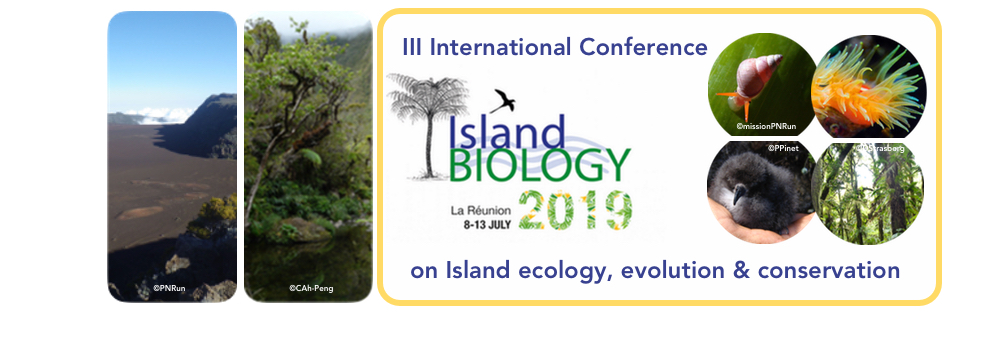The influence of riverscapes on the distribution and genetic structure of species has been investigated in various taxa and regions. In most cases, the influence of river systems on genetic diversity depends on taxa specific life history traits as well as other geographic factors. Here, we assess the role of the paleodrainage systems of the Sunda region (with a focus on the island of Sumatra) in shaping the evolutionary history frogs' genera (Huia and Sumaterana) that are highly dependent on cascading stream habitats during their larval stage. Our phylogenetic analyses demonstrated that paleodrainages had no congruency with the current distribution patterns of Huia and Sumaterana. Our time divergence analyses estimated these frogs to have colonized Sumatra much earlier than the occurrence of the known drainage systems in the Pleistocene. Interestingly, both genera are genetically structured into northern and southern lineages on the island of Sumatra, which may suggest that the genetic segregation observed today dates back to now connected Sumatran precursor volcanic islands. Our data further corroborate the current underestimation of biodiversity on Sumatra and show that frogs of the genus Huia in Sumatra and Java are more diverse than currently known.

|
|
|
|
Genetic structure of two genera of Sumatran frogs trace back to ancient volcanic islands origins rather than paleodrainage systems
1 : Centrum für Naturkunde-Zoologisches Museum Hamburg, Universität Hamburg
(CeNak-ZMH, UHH)
Martin-Luther-King-Platz 3 20146 Hamburg -
Germany
2 : Department of Biology and the Amphibian and Reptile Diversity Research Center, The University of Texas at Arlington
(ARDRC)
337 Life Science Building, Arlington, Texas 76019 -
United States
3 : Center for Human Identification, University of North Texas
(CHI-UNT)
Health Science Center, Fort Worth, TX 76107 -
United States
4 : Naturhistorisches Museum der Burgergemeinde Bern
(NHMBE)
Bernastrasse 15 CH-3005 Bern -
Switzerland
5 : Institute of Ecology and Evolution, University of Bern
Baltzerstrasse 6, CH-3012 Bern -
Switzerland
6 : School of Life Sciences & Technology, Bandung Institute of Technology
(SITH-ITB)
* : Corresponding author
Jalan Ganeca 10 Tamansari, Bandung 40132 -
Indonesia
|
| Online user: 59 | RSS Feed |

|
 PDF version
PDF version